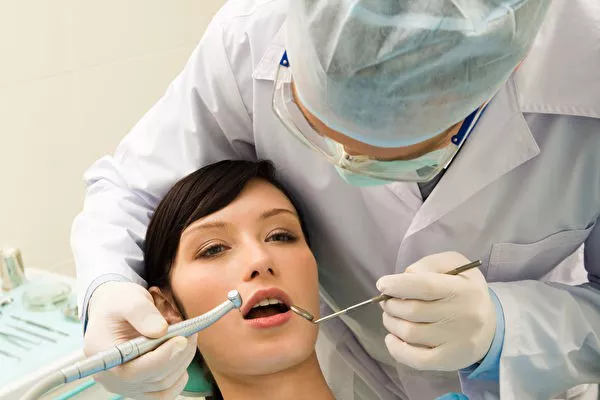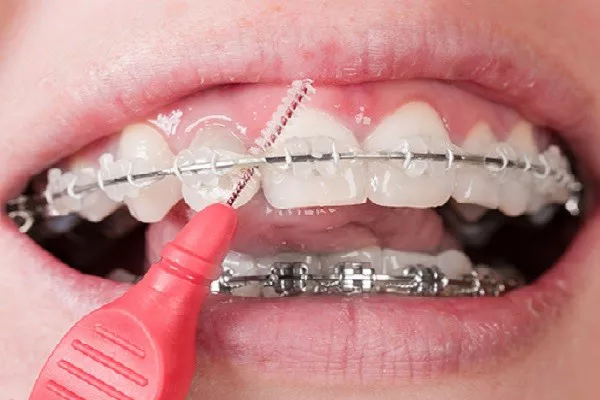Orthodontic treatment is essential in correcting misaligned teeth and jaws, improving both dental health and appearance. Phase one orthodontic treatment is a crucial aspect of this process, especially for children who haven’t yet developed all their permanent teeth. In this article, we’ll discuss what phase one orthodontic treatment entails and why it’s important. We’ll also explore the benefits of early intervention and common treatment options.
What is Phase One Orthodontic Treatment?
Phase one orthodontic treatment, also known as interceptive orthodontics, typically begins around the age of seven or eight when children start to develop their permanent teeth. It involves treating problems related to tooth and jaw alignment before they become more severe over time.
The first phase of orthodontic treatment includes a comprehensive evaluation of the child’s dental health to determine any dental issues that need correction. X-rays, photographs, and impressions are taken to help develop an appropriate treatment plan. The orthodontist will then recommend specific appliances to correct issues such as overcrowding, crossbites, and overbites.
Why is Phase One Orthodontic Treatment Important?
Early intervention with phase one orthodontic treatment has many benefits. Here are some key points to consider:
- Prevents Further Dental Issues: Treating dental issues at an early stage can prevent them from becoming more severe over time. This can save patients significant time and expense in the future.
- Improves Dental Health: Correcting dental issues early on can improve overall dental health and reduce the risk of developing gum disease, cavities, and other oral health issues.
- Boosts Self-Esteem: Misaligned teeth and jaws can cause self-esteem issues, especially in children. Early orthodontic treatment can help boost confidence by improving dental aesthetics.
Common Treatment Options for Phase One Orthodontic Treatment
There are several treatment options available for phase one orthodontic treatment. Here are some of the most common:
- Palatal Expanders: Palatal expanders are used to widen the upper jaw, helping to create more space for permanent teeth to erupt.
- Headgear: Headgear is used to correct overbites and underbites by using external pressure to move the teeth and jaws into the correct position.
- Braces: Traditional metal braces can be used in phase one orthodontic treatment to correct crooked teeth and jaw alignment issues.
Orthodontic Retention
Orthodontic retention is an essential aspect of any orthodontic treatment plan, including phase one treatment. Retention involves wearing a retainer after orthodontic treatment is complete to prevent teeth from moving back into their original positions. Here are some key points to keep in mind regarding orthodontic retention:
- Duration of Wear: The length of time a patient will need to wear a retainer varies depending on the severity of their dental issues. Some may only need to wear it at night, while others may need to wear it full-time for several months.
- Types of Retainers: There are three main types of retainers – Hawley retainers, clear plastic retainers, and fixed retainers. Each has its advantages and disadvantages, so it’s essential to discuss your options with your orthodontist.
- Importance of Compliance: Wearing a retainer consistently and as directed by your orthodontist is crucial to maintaining the results of your orthodontic treatment. Failure to wear a retainer as prescribed can result in tooth movement and the need for further orthodontic treatment.
Conclusion
Phase one orthodontic treatment is a critical aspect of early intervention in dental health. By identifying and correcting dental issues before they become more severe, patients can avoid significant time and expense in the future. Common treatment options include palatal expanders, headgear, and braces, among others. Orthodontic retention is also essential for maintaining the results of orthodontic treatment. If you’re considering phase one orthodontic treatment for your child, be sure to consult with an experienced orthodontist to develop a personalized treatment plan.
Related Topics:































